Stainless Steel is one of the essential and polished materials in our homes. You won’t believe it, but our utensils are made of stainless steel, not pure iron.
Therefore, their surface shines. Plus, they have significant strength. Stainless steel owes its strength and shine to its composition.
This guide explores stainless steel’s composition and properties.
Was ist nichtrostender Stahl?
Stainless steel, an alloy of iron, chromium, and other metals, gains its properties from this blend. The main combination is:
Stainless steel = Iron + Chromium (≥10.5%) + Carbon + Other alloying elements
Chromium removes the oxide layer and reduces the chances of corrosion on the metal surface.
What is stainless steel made of?
Stainless Steel comprises various metals. Here is the comprehensive list.
Iron
Iron is the primary component of stainless steel. It is often found in the most significant quantity.
The purpose of iron is to strengthen your steel material and make it robust.
Chromium
Chromium is another element found in significant amounts. It has a minimum of 10.5% quantity of stainless steel.
Chromium forms a passive layer of chromium oxide (Cr₂O₃). It resists oxidation and prevents corrosion. If you want to elevate the corrosion, add more chromium.
Carbon
Carbon is available in minimal amounts with a quantity of 1.6% or less.
Carbon can provide strength to stainless steel but don’t add it in very high amounts. It is because the carbon reacts with chromium to form the chromium carbide and remove the oxidation layer. Therefore, rust catches the stainless steel quickly when there is a high quantity of carbon.
Nickel
Nickel is also in good quantity, with less than 1% of the total stainless steel sheets. The purpose of the nickel is to enhance formability, ductility, and corrosion resistance.
Nickel stabilizes the austenitic structure, which is non-magnetic and highly corrosion-resistant. Nickel is standard in austenitic stainless steels like 304 and 316 grades.
Manganese
Just like nickel, Manganese is also found in reasonable quantities in stainless steel. It improves strength, hardness, and wear resistance. It also acts as a deoxidizer during steel production.
Manganese is a cheaper alternative to nickel in low-nickel stainless steels.
Molybdenum
Molybdenum is also a prominent metal with some portion in the stainless steel construction. The addition of molybdenum increases resistance to chlorides (like salt water) and acids.
This metal is particularly used in marine-grade stainless steel (like 316).
Silicon
Silicon is also a crucial element that improves oxidation resistance and deoxidizes the steel during melting. To some extent, silicon elevates the strength of the stainless steel, making it a robust metal.
Nitrogen
In small quantities, manufacturers also use nitrogen to harness its following features.
- Nitrogen enhances strength and pitting corrosion resistance, crucial for harsh environments.
Other metals
There are a few metals that are available in trace amounts in the stainless steel alloys. They include Titanium, niobium, copper, and aluminum. The purpose of such metals is to increase weldability, heat resistance, and form stability.
Applications of stainless steel
Stainless steel can be impactful in various fields, requiring a robust metal that works flawlessly.
Here are a few applications of stainless steel.
Industrial applications
Industrial setup needs structural support for heavy-duty applications. They also require a metal that offers low maintenance. Stainless Steel is an ideal choice because of its anti-corrosion features.
Here are a few industrial applications.
- Structural supports
- Cladding and facades
- Handrails and guardrails
- Roofing and gutters
- Reinforcing bars in concrete (rebars)
Food industry
Every common utensil has a stainless steel construction. At your home, there are tons of applications made of stainless steel materials. Here is the comprehensive list of things.
- Food processing equipment (mixers, tanks, piping)
- Brewery and dairy equipment
- Cutlery, cookware, and kitchen surfaces
- Industrial dishwashers and sterilizers
Do you know what makes stainless steel durable? It is shiny and tough to break. There are no risks of corrosion or quick damage.
Medical industry
Many medical equipment rely on steel. The robust structure and effective sterilization make steel an ideal tool. Here is the list of tools.
- Surgical instruments (scalpels, scissors, clamps)
- Operating tables and trays
- Implants (hip, knee, dental screws)
- Pharmaceutical processing equipment
Automotive industry
The automotive industry depends on stainless steel due to harsh weather applications. Here is the list of tools made of stainless steel.
- Exhaust systems
- Trim and decorative parts
- Fuel tanks and brake lines
- Train and bus bodies
The features like strength and corrosion resistance make stainless steel an ideal choice in this case.
How is stainless steel made?
There are six steps! Manufacturers often manufacture stainless steel products in bulk. We have discussed the six steps as follows:
Step 1: Melting
Melt iron, chromium, nickel, and other metals together at a higher temperature, such as 1600 degrees Celsius.
Step 2: Refining
Refining is a crucial step as it removes the impurities and prepares refined metallic components.
Use argon oxygen decarburization (AOD) or vacuum oxygen decarburization (VOD).
Step 3: Forming
The molten components are slabs, billets, or blooms. You should hot-roll them into different shapes, such as belts, rods, or coils, depending on your requirements.
Step 4: Heat Treatment
Let’s make your steel ductile. You can use the heat treatment to reduce internal stress and process it.
Step 5: Descaling
Oxide surface often causes corrosion. But don’t worry; an acid bath can remove the oxide surface.
Step 6: Fabrication and Finishing
Fabrication and Finishing give a glow to the surface. Remember to get a quality finish based on your needs.
Schlussfolgerung
Stainless Steel composition is crucial. The quantities of different metals decide the strength of stainless steel and its rust resistance. For various applications, you should have other portions of metals.
Do you want the best quality stainless steel?
H&N Deco Metal Suppliers has been working on the stainless steel projects for more than a decade. Our quality assurance confirms the quality of products and provides the best products only. Get the best deals right away!




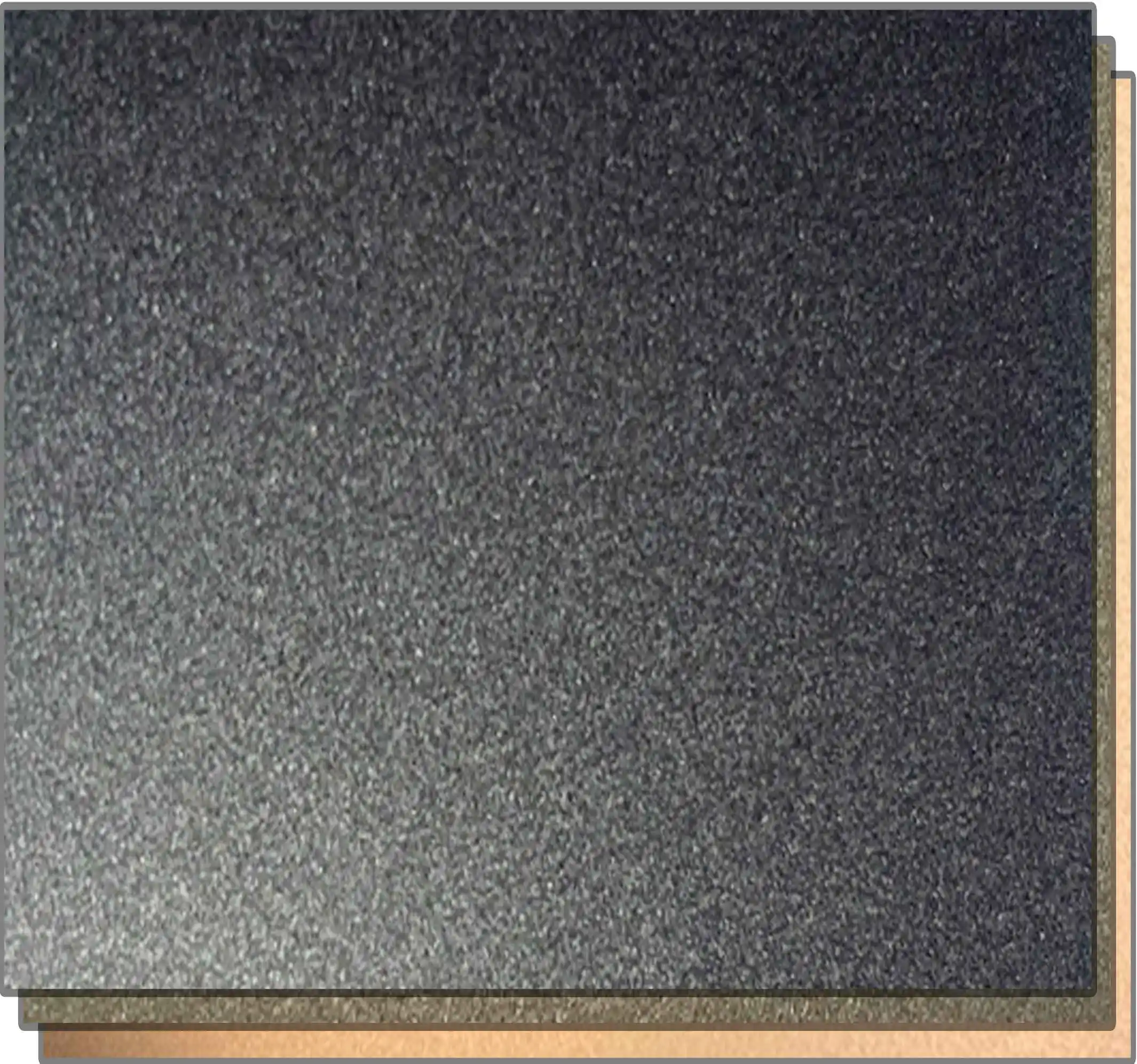
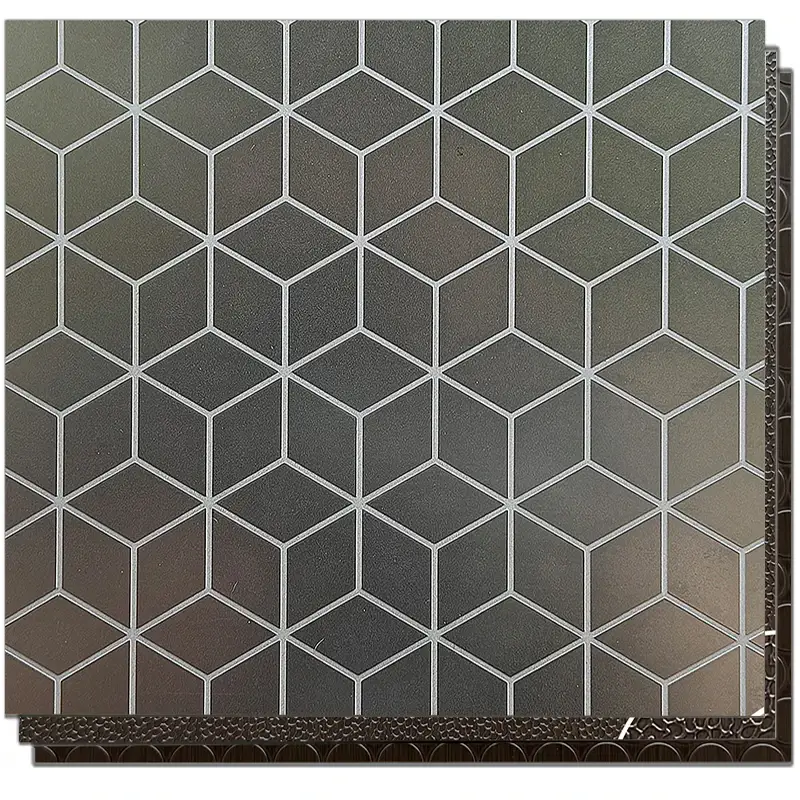
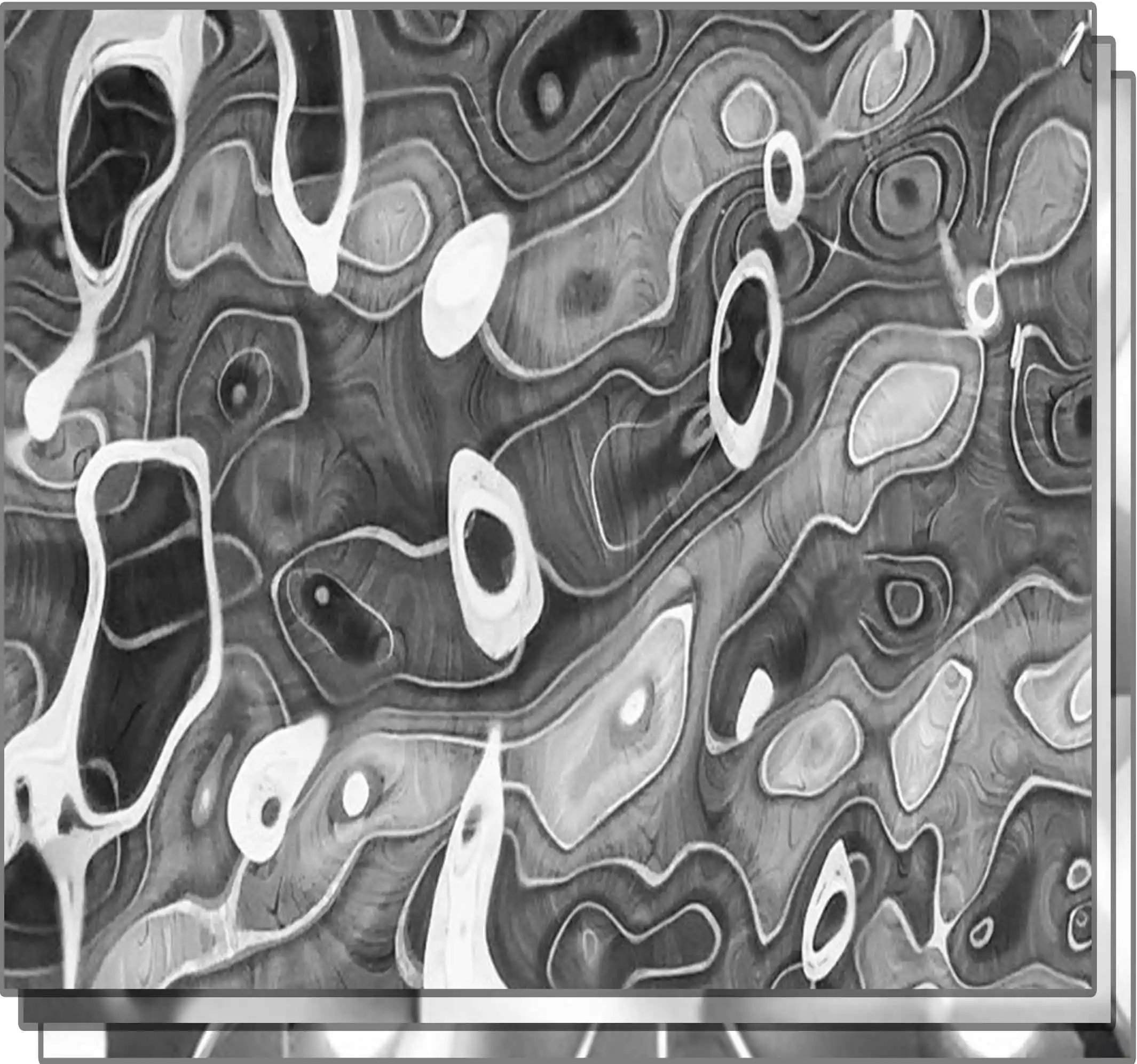


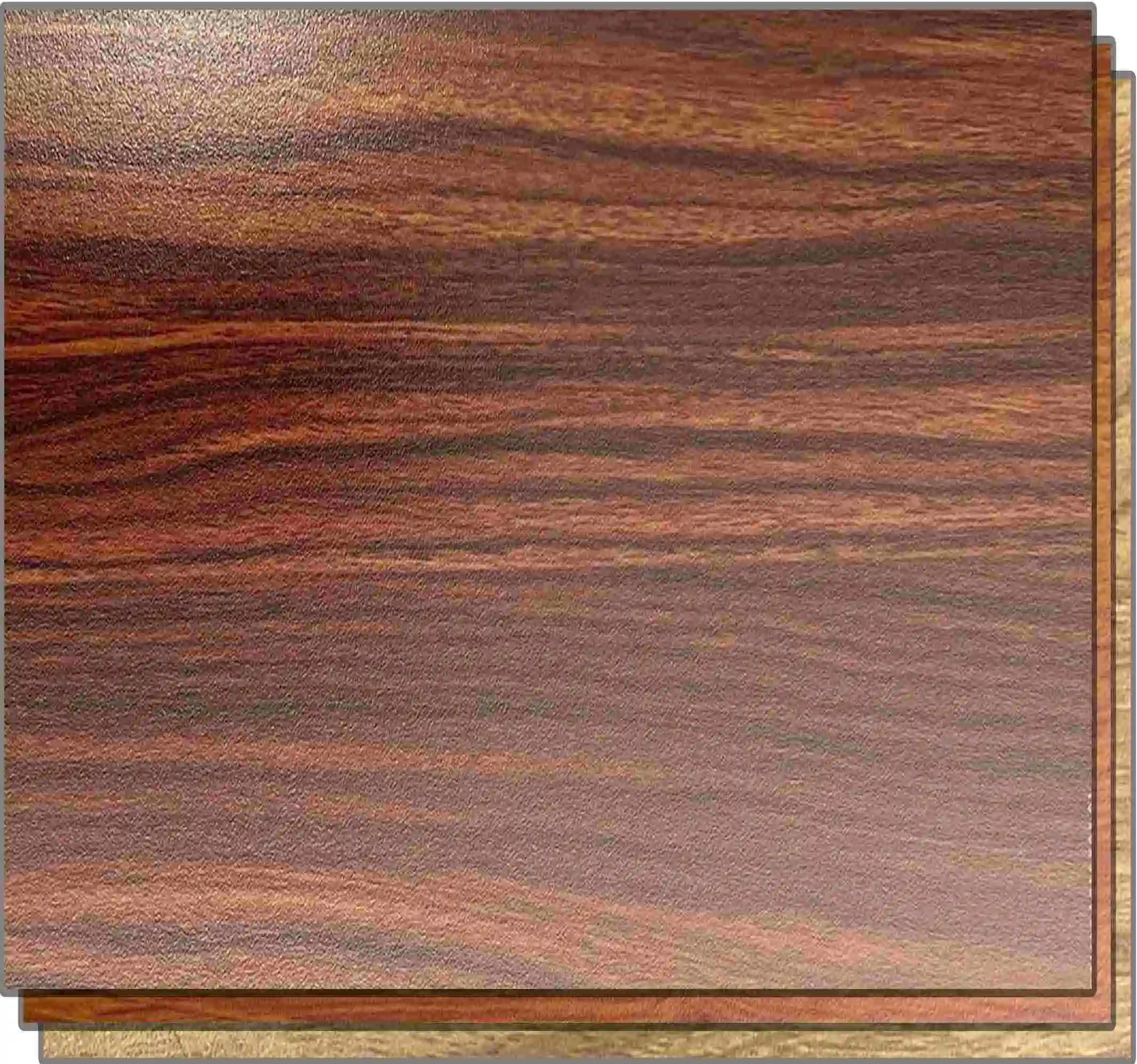

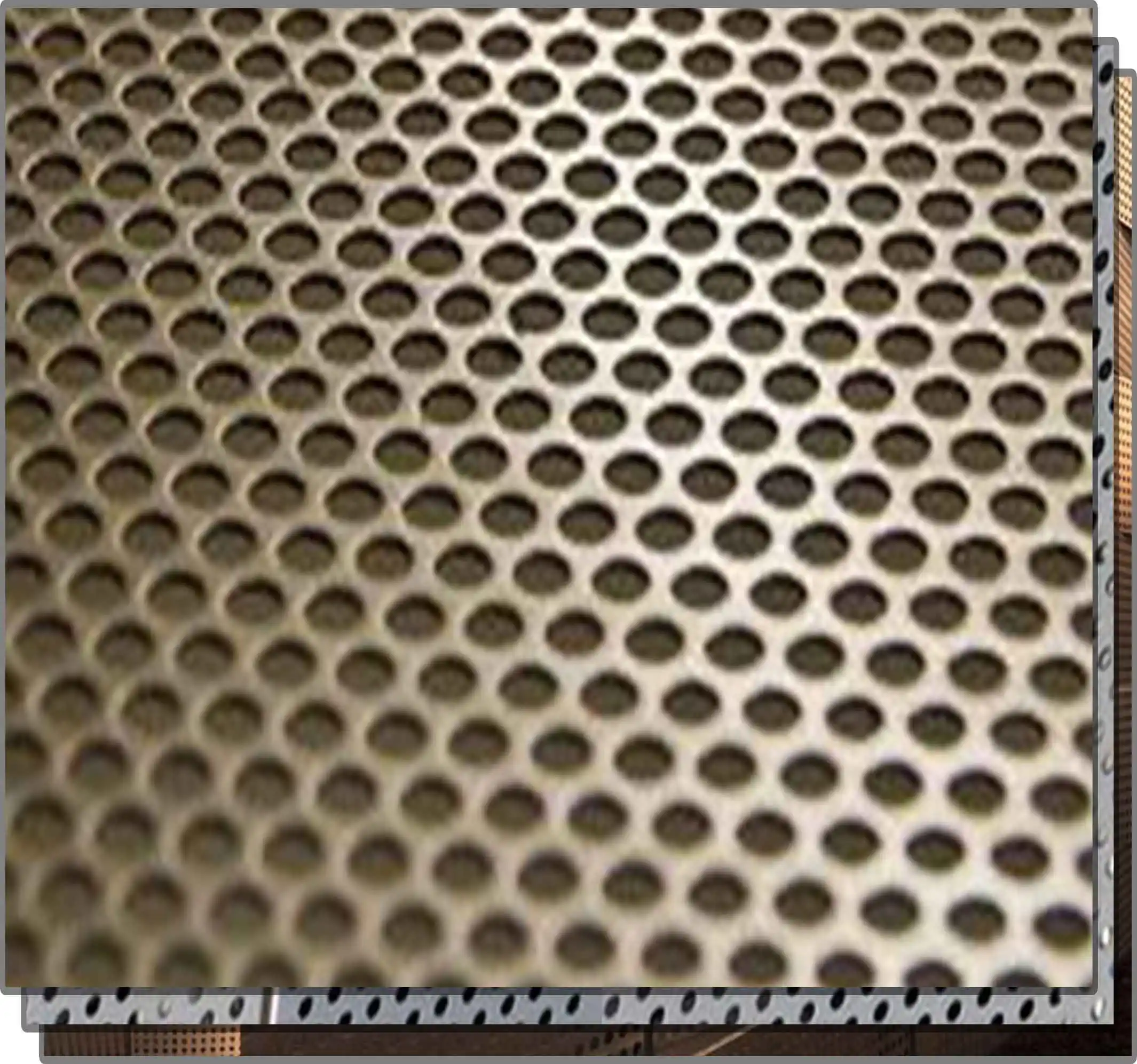
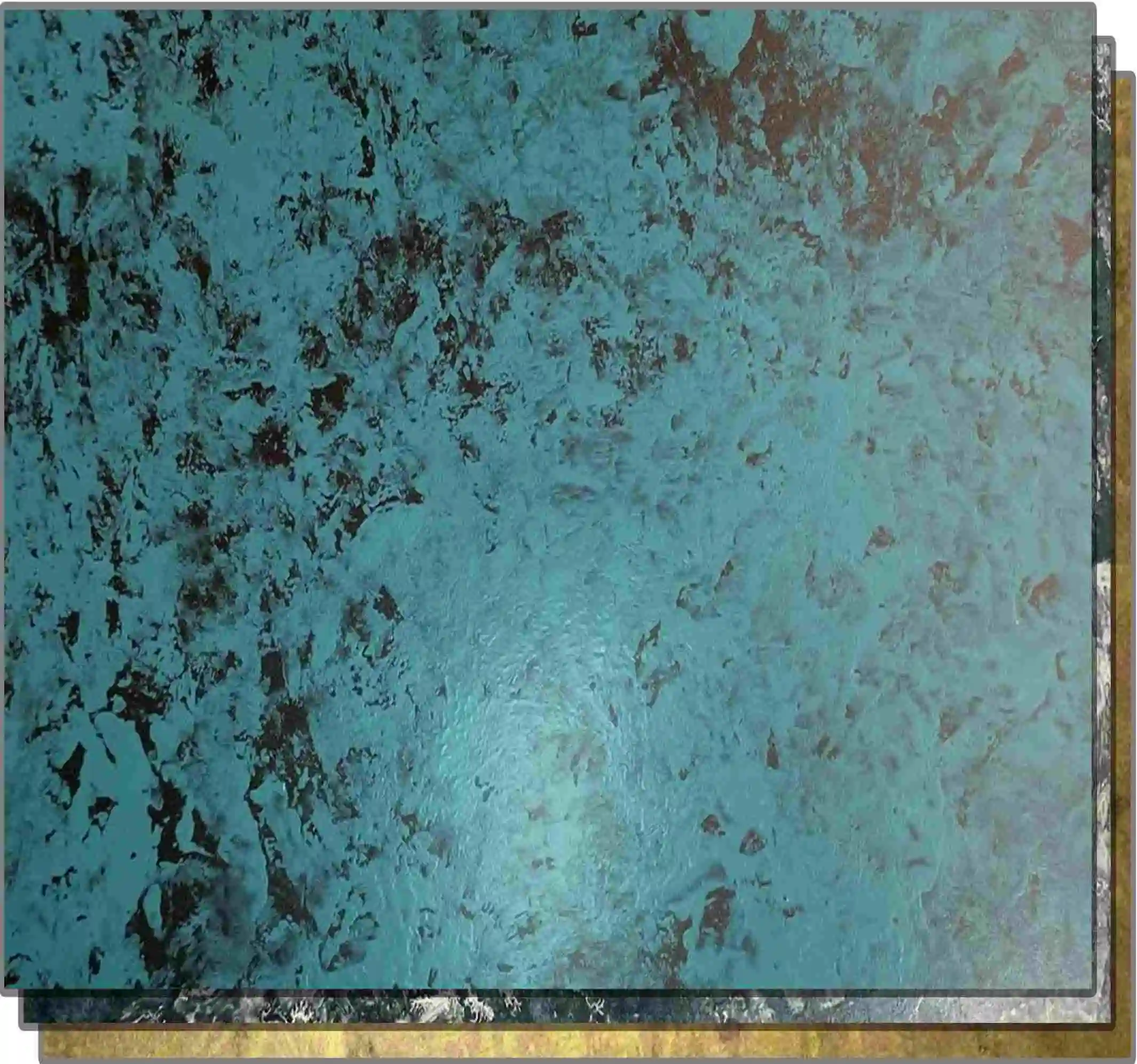






Verwandte Nachrichten
2025-06-18
2025-06-01
2025-05-20
2025-05-16